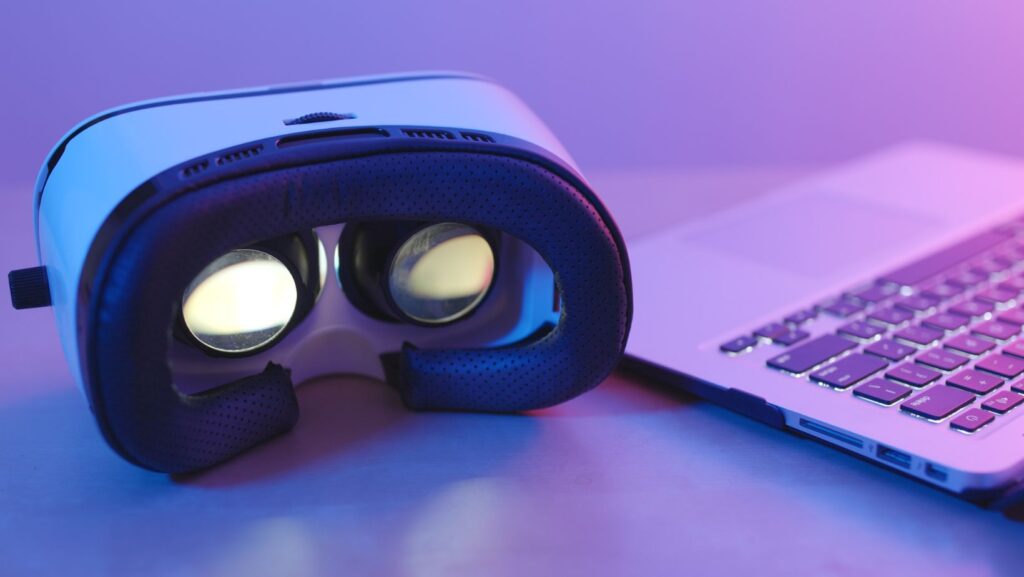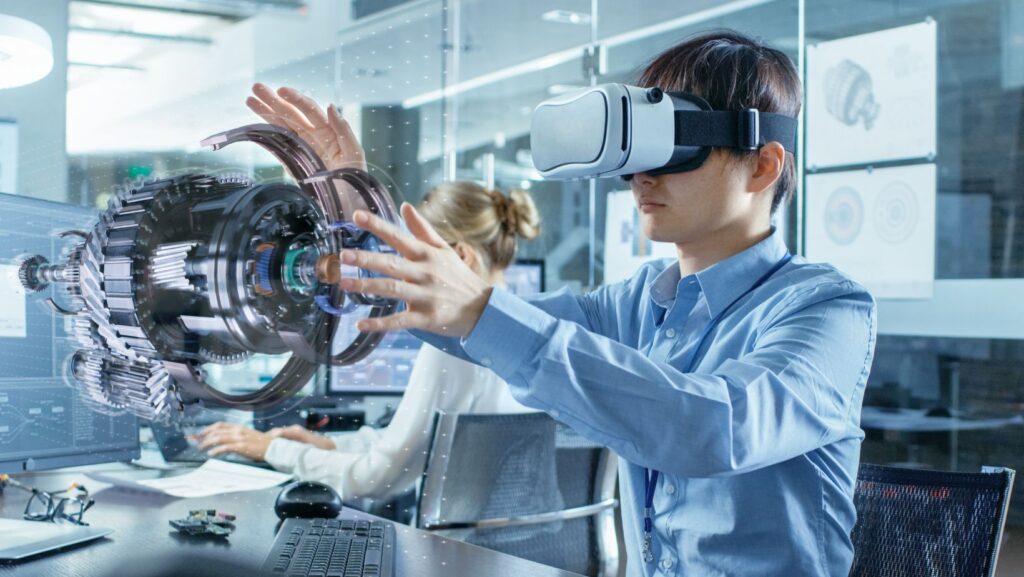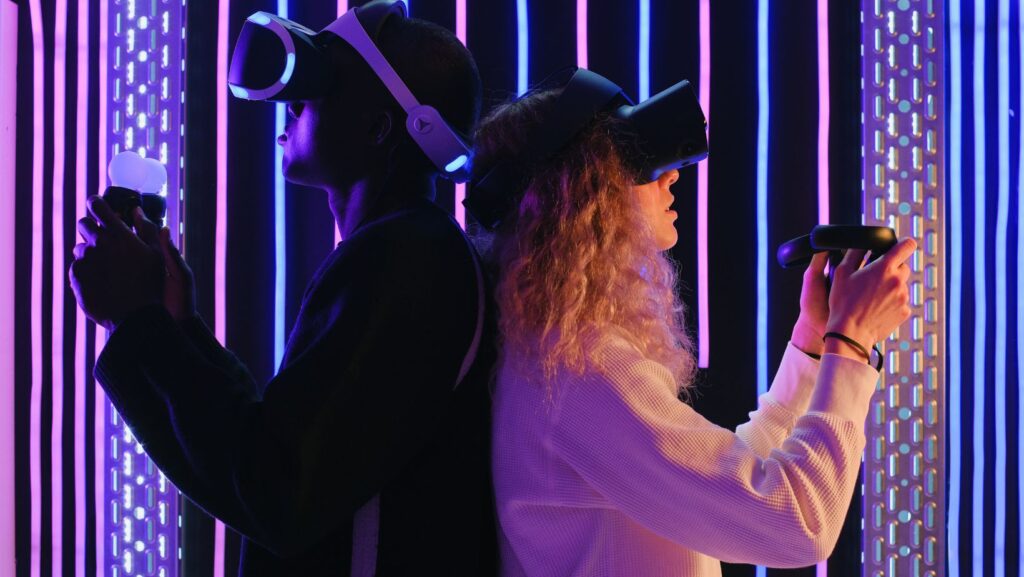In the ever-evolving landscape of entertainment, a new contender has emerged that blends the thrill of cinema with the immersive experience of virtual reality: the virtual reality battle movie. This innovative genre offers viewers not just a seat in the theater but a chance to step inside the story itself, transforming passive spectators into active participants.
Virtual Reality Battles Movie
Virtual reality battle movies merge the excitement of film with the interactivity of video games, creating a uniquely engaging genre. These films not only entertain but also immerse the viewer in a way traditional movies cannot.
Impact on Viewers’ Experience
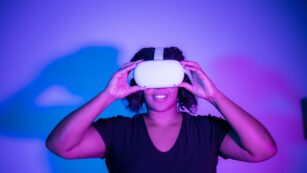 Virtual reality battle movies transform the viewing experience by putting the audience in the center of the action. Viewers can make decisions that alter the storyline, leading to personalized endings. Films such as these often feature multiple scenarios and outcomes, ensuring that no two experiences are alike. This level of interaction increases engagement and investment in the story, as viewers aren’t just passive observers but active participants.
Virtual reality battle movies transform the viewing experience by putting the audience in the center of the action. Viewers can make decisions that alter the storyline, leading to personalized endings. Films such as these often feature multiple scenarios and outcomes, ensuring that no two experiences are alike. This level of interaction increases engagement and investment in the story, as viewers aren’t just passive observers but active participants.
Technological Advances Behind the Scenes
The creation of virtual reality battle movies relies on cutting-edge technology. Advanced CGI technology and real-time rendering are crucial, allowing for on-the-fly adjustments to the visual output based on viewer interactions. Motion capture technology also plays a vital role, capturing the movements of actors and translating them into digital models with high precision. These technological advancements not only enhance the realism of the virtual environments but also ensure seamless integration of interactive elements, which is essential for maintaining immersion.
Key Features of Virtual Reality Battles Movie
Virtual reality battles movies redefined storytelling by immersing viewers directly in the cinematic action. These films not only captivate audiences but also engage them in a dynamic and personalized narrative journey.
Plot and Setting
 Virtual reality battles movies transport audiences to expansive, meticulously crafted worlds. These settings, ranging from futuristic cities to altered versions of historical moments, serve as immersive backdrops for the narratives. Movie-makers leverage advanced CGI to create environments that are visually stunning and highly detailed, making each viewer’s experience realistic and engaging. For instance, in a VR battle movie, the audience might find themselves in a post-apocalyptic Earth, navigating through wrecked skyscrapers shrouded in mystique, which adjusts dynamically based on their decisions within the story.
Virtual reality battles movies transport audiences to expansive, meticulously crafted worlds. These settings, ranging from futuristic cities to altered versions of historical moments, serve as immersive backdrops for the narratives. Movie-makers leverage advanced CGI to create environments that are visually stunning and highly detailed, making each viewer’s experience realistic and engaging. For instance, in a VR battle movie, the audience might find themselves in a post-apocalyptic Earth, navigating through wrecked skyscrapers shrouded in mystique, which adjusts dynamically based on their decisions within the story.
Character Development and Performances
In virtual reality battles movies, character development is integral to the viewer’s experience. Audiences not only observe but interact with complex characters, influencing their actions and outcomes in the storyline. Performances by actors in these films are enhanced through sophisticated motion capture technologies that accurately translate real human expressions and movements into the virtual environment. For example, an actor portraying a war-hardened general might deliver a performance that adapitates responsively to the user’s dialogue choices and emotional reactions, allowing for a personalized relationship with the character. This high level of interaction enables a deeper emotional connection between the audience and the characters, providing a more profound entertainment experience.
Comparison to Traditional Battle Movies
Engagement and Interactivity
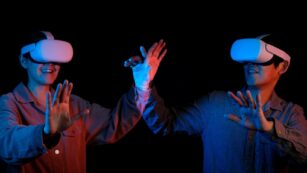 Virtual reality movies captivate audiences by placing them directly into the action, a stark contrast to traditional films where viewers remain passive spectators. In virtual reality settings, participants can influence the storyline and interact with the environment. For instance, viewers might choose different paths or strategies during battle scenes, resulting in diverse narrative outcomes.
Virtual reality movies captivate audiences by placing them directly into the action, a stark contrast to traditional films where viewers remain passive spectators. In virtual reality settings, participants can influence the storyline and interact with the environment. For instance, viewers might choose different paths or strategies during battle scenes, resulting in diverse narrative outcomes.
Traditional battle movies often utilize advanced CGI effects to create expansive battlefields and detailed characters. However, virtual reality films take this a step further by integrating these elements into a fully immersive experience. Technologies like head tracking and motion capture allow viewers to explore virtual spaces as if they were physically present, providing a sense of depth and realism that traditional films cannot match.
Character Interaction
While traditional battle movies develop characters through visible actions and dialogues, virtual reality movies enhance this interaction by allowing audiences to engage directly with characters. Motion capture technology, when combined with virtual reality, not only captures nuanced performances but also responds to the viewer’s actions and decisions, making the interaction much more dynamic and personalized.

